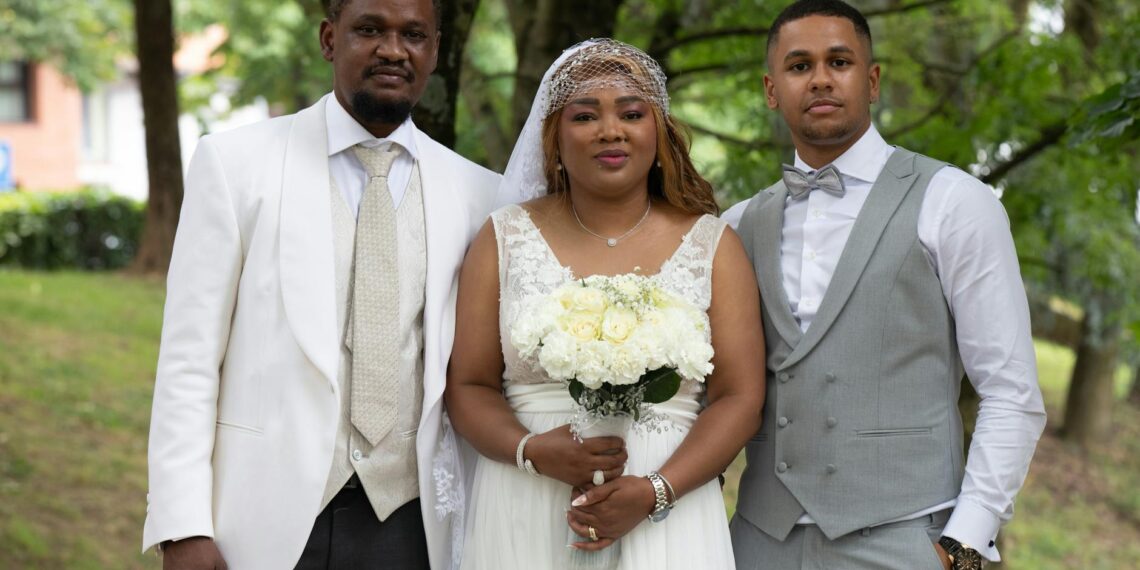The wedding coin ceremony, also known as Las Arras Matrimoniales or Arras de Boda , is a deeply symbolic tradition, particularly in Hispanic and Filipino cultures, and often incorporated into Catholic wedding ceremonies.
- This ritual involves the exchange of 13 coins, usually gold or silver, between the couple during their wedding ceremony.
- The coins are typically presented to the officiant by a designated coin bearer (similar to a ring bearer).
- After the officiant blesses the coins, they are presented to the couple.
- Traditionally, the groom offers the coins to the bride, [according to Brides] . However, modern interpretations often involve the couple exchanging the coins back and forth, symbolizing their shared commitment to a prosperous future.
- Couples may personalize this ritual by reciting specific promises as they exchange the coins.
- Shared Responsibility & Prosperity: The coins symbolize the couple’s commitment to share their worldly goods, manage finances together, and ensure their household’s well-being.
- Trust and Commitment: The groom’s gesture of offering the coins represents his promise to provide for the family, and the bride’s acceptance signifies her trust in his ability and her vow to manage their resources wisely.
- Sharing with Those in Need: One of the coins often represents their promise to share their wealth with the poor or less fortunate.
- The 13 Coins:
– Biblical Significance: Some traditions associate the 13 coins with Jesus and his 12 apostles, emphasizing the importance of faith in their marriage.
– Annual Blessings: Another interpretation is that the coins represent the 12 months of the year, with the 13th coin symbolizing an abundance of blessings or a commitment to go beyond what is expected.
- This tradition has roots in ancient Rome and 11th-century Frankish and Spanish wedding customs.
- The custom was later brought to Spanish colonies in the New World and Southeast Asia (including the Philippines), where it evolved and continues to be practiced.
- Originally, it may have had practical ties to dowry or “earnest money,” but today, it holds a deeply spiritual and symbolic significance.
- While often part of Catholic weddings, the Arras ceremony can be adapted for non-religious ceremonies as well.
- Couples can personalize the coins by having them engraved with dates, family crests, or designs that reflect their unique story.
- The coins are often kept in a beautifully decorated box, chest, or pouch, which can become a cherished family heirloom.
The wedding coin ceremony is a beautiful way to honor cultural heritage and express a couple’s promises for a future filled with love, trust, and shared prosperity.









What is the Filipino wedding coin tradition?
In traditional Filipino weddings, the Coin Bearer presents the officiant with the Arras, who blesses the coins. The officiant then gives the coins to the groom, who trickles them into the bride’s hands as a sign of his promise to support her and their family.
How many coins for a wedding ceremony?
Good point! The thirteen coins today have the alternative meaning of Jesus and the twelve apostles. The exchange of the coins represents the groom’s promise to provide for his family and the bride’s trust in his ability to do so.
What are the 13 coins for a wedding?
Great question! What Are Las Arras Matrimoniales? Las arras matrimoniales are 13 coins often gifted from los padrinos y madrinas, or wedding godparents. After the blessing and exchange of rings, the priest blesses these 13 coins and the groom presents it to the bride as a symbol of his commitment to care for her and their home.